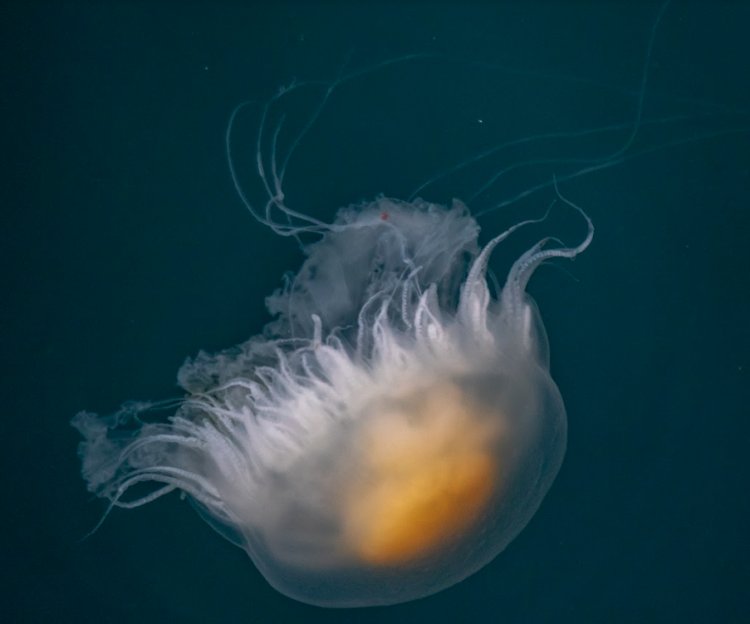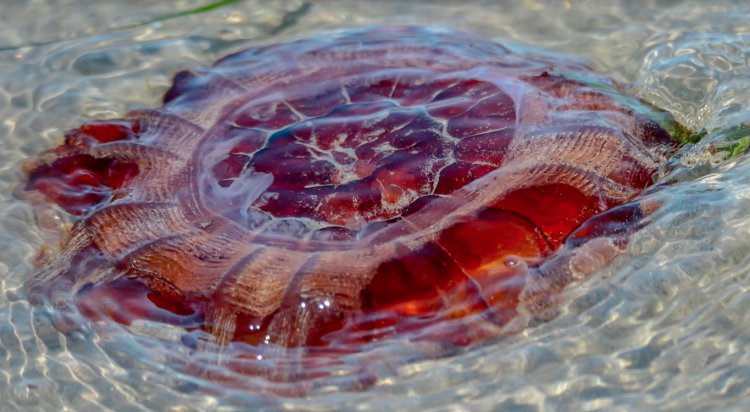Low tide in Edmonds beaches brings out the explorer in everyone, especially children. Sara Bowen moved to the seaside town three years ago with her little one, discovering a whole other underwater world right in their backyard.
Bowen and daughter Sahara, 5, love to go out and see it all, making friends with the sea life they find, learning all about the complex marine ecosystem firsthand, and appreciating the intricate connections that bind us all.
“The excitement of being able to show my daughter so many different land and sea animals,” is what brings Bowen to many shorelines, from Brackett’s Landing to Ocean Shores. “Sahara has been able to go on and teach other kids and family members where and how to find animals, as well as the rules on how to safely handle them. She loves talking about the Great Blue Heron and all the different fish it catches in the tide pools. She truly doesn't have a clue how lucky she is.”
Bowen looks up the tide times online first, usually over at the US Harbors website, before heading out with her daughter in tow. They’ve visited many beaches chasing low tides.
Favorite spots include Edmonds Dog Park, all along Edmonds’ fishing pier and up to Brackett’s Landing, Meadowdale Beach, Picnic Point, the far north side of Golden Gardens Seattle, Howarth Beach in Everett, Deception Pass State Park, and Double Bluff Beach.
Once they reach the beach, Bowen puts on her diver boots and starts scanning the area for the most sea life activity.
Daughter Sahara prefers to go barefoot, diving right in, “collecting sticks for her sandcastles and building them, while I find creatures for her to see. She also loves to share the creatures with other kids at the beach.”
Sea stars, anemones, and clams are some of Sahara’s favorites. “She loves to gently touch them and watch them move,” Bowen explained. “I love finding as many animals as possible, as well as their different habits when the tide is high and low.”
The marine life found in the intertidal or littoral zone tends to be some of the most resilient and adaptable. They have to be, to withstand crashing waves and changing tides that leave them dangerously exposed to air and sun one moment, then submerged completely under deep, blue waters the next.
This is why people will often find organisms buried under the sand or clinging to rocks.
A kindergarten field trip with her now-18-year-old daughter kicked off a life-long habit Bowen now enthusiastically shares with Sahara.
“After moving to Edmonds three years ago, it became one of our favorite pastimes, as well as photography, so I have many pictures of the things we've found. It just expanded with more knowledge.”
Sara and Sahara Bowen will be out at the beaches Wed. and Thurs., enjoying one of the lowest tides ever — in the negatives, at -4.2 ft., at 12:05 p.m., and -4.1, 12:54 p.m., respectively.
“We have two beaches to hit those days for my favorite low tides.”
Marina Beach Park and on south down to Point Wells, the ferry dock, and Picnic Point are also great low-tide walks, with lots of tide pools and exposed sand bars to explore.
Always be respectful. Observe, not disturb.
Photos of Sara and Sahara Bowen by Matt Hulbert
Photos of tide pool creatures by Janine Harles.








